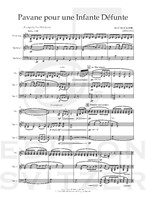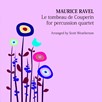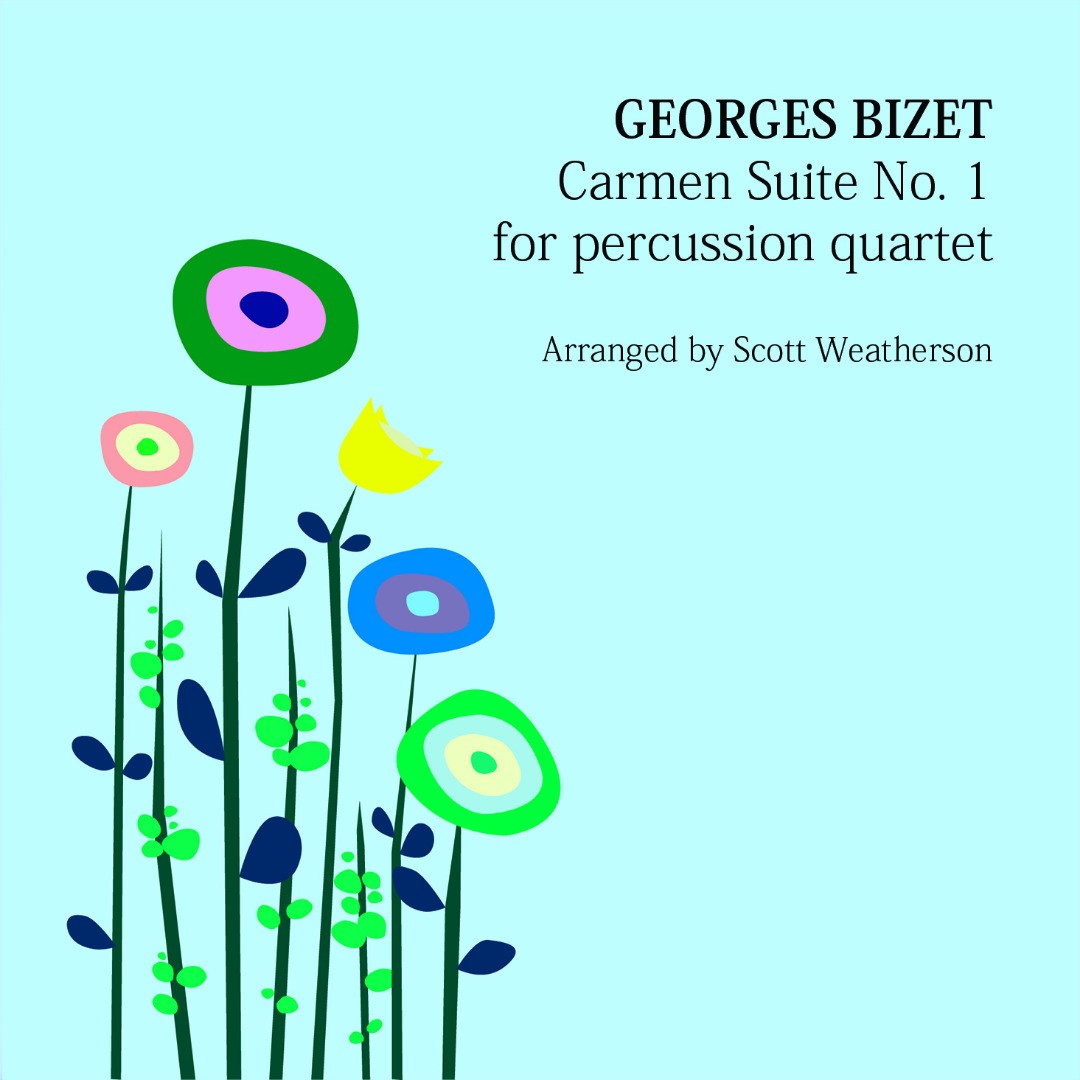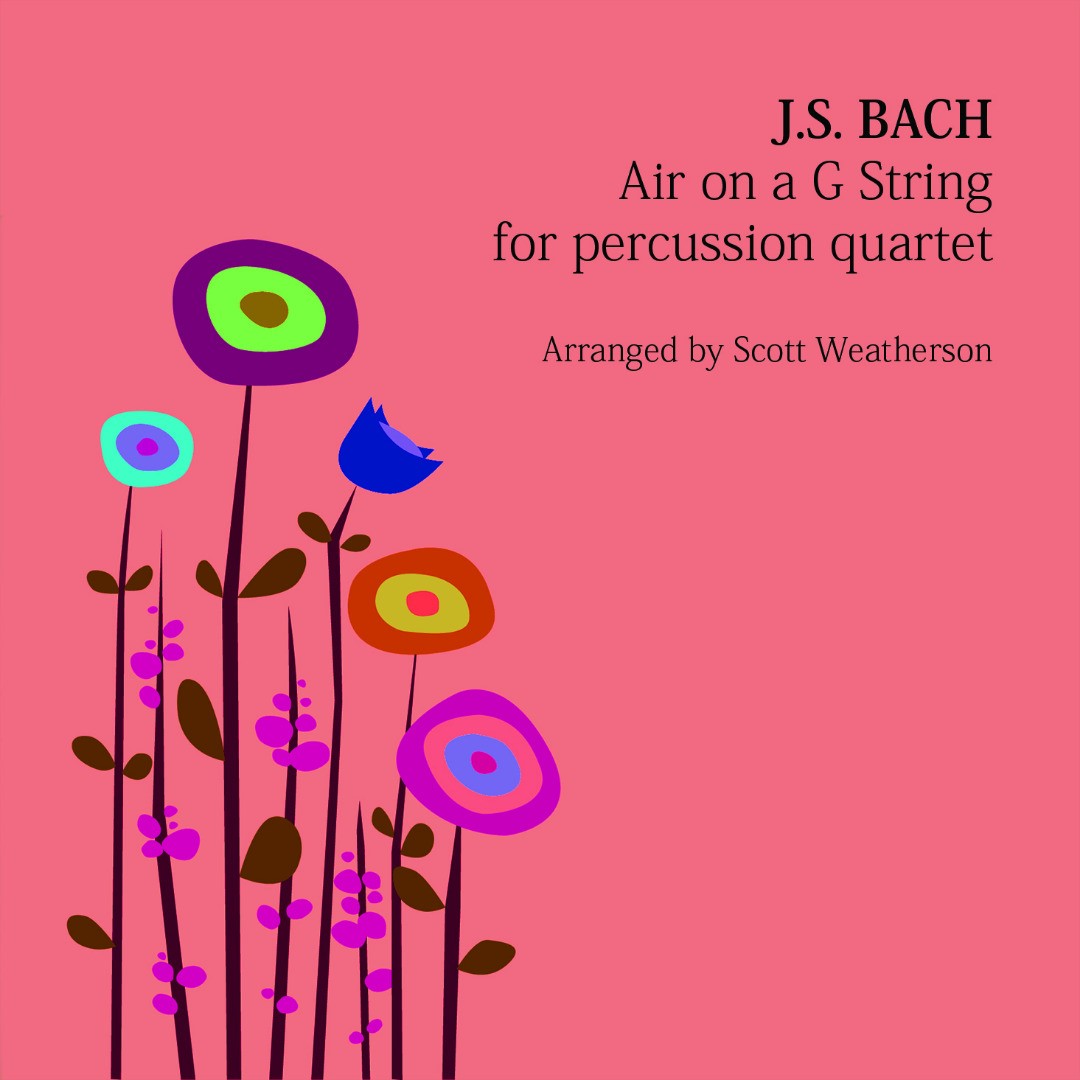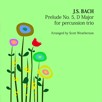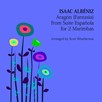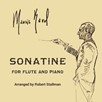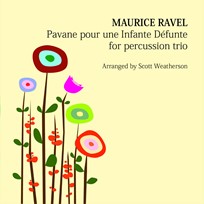
Pavane pour une Infante Défunte
Composer: Maurice Ravel
Instrument: Percussion Trio
Level: Intermediate
Published: 2014
Price: €30.00
Item details
-
Description +
-
Arranged by Scott Weatherson
Duration: 6 min.
Pavane pour une infante défunte by Maurice Ravel was written in 1899 and, like many of Ravel's works, later orchestrated by the composer (in 1910). Even though the title translates to English as 'Pavane for a Dead Princess', the composer stated that the piece “Is not a funeral lament for a dead child, but rather an evocation of the pavane that might have been danced by such a little princess as painted by Velázquez”
-
-
Instrumentation +
-
Percussion Trio (3 players)
1 Vibraphone
2 Marimbas (including one 5 octave marimba)
-
-
Watch+
-
About the composer +
-
Joseph Maurice Ravel (7 March 1875 – 28 December 1937) was a French composer, pianist and conductor. He is often associated with impressionism along with his elder contemporary Claude Debussy, although both composers rejected the term. In the 1920s and '30s Ravel was internationally regarded as France's greatest living composer.
Born to a music-loving family, Ravel attended France's premier music college, the Paris Conservatoire; he was not well regarded by its conservative establishment, whose biased treatment of him caused a scandal. After leaving the conservatoire Ravel found his own way as a composer, developing a style of great clarity, incorporating elements of baroque, neoclassicism and, in his later works, jazz. He liked to experiment with musical form, as in his best-known work, Boléro (1928), in which repetition takes the place of development. He made some orchestral arrangements of other composers' music, of which his 1922 version of Mussorgsky's Pictures at an Exhibition is the best known.
As a slow and painstaking worker, Ravel composed fewer pieces than many of his contemporaries. Among his works to enter the repertoire are pieces for piano, chamber music, two piano concertos, ballet music, two operas, and eight song cycles; he wrote no symphonies or religious works. Many of his works exist in two versions: a first, piano score and a later orchestration. Some of his piano music, such as Gaspard de la nuit (1908), is exceptionally difficult to play, and his complex orchestral works such as Daphnis et Chloé (1912) require skilful balance in performance.
Ravel was among the first composers to recognise the potential of recording to bring their music to a wider public. From the 1920s, despite limited technique as a pianist or conductor, he took part in recordings of several of his works; others were made under his supervision.
-
-
Reviews +
-
Percussive Notes, November 2016
Maurice Ravel is often associated with impressionism. This six‐minute arrangement of one of his piano solos (that he later orchestrated for a large ensemble) captures all the allure of the slow processional Pavane dance popular in the Renaissance period. Scott Weatherson’s treatment expertly captures elements of both the original piano version as well as Ravel’s later orchestration. Melodic material shifts between the Marimba I part and vibraphone with the Marimba 2 part providing much of the harmonic trajectory. Ravel’s harp glissandi have been translated to grace notes in the vibraphone, long tones from the piano are sustained as rolls in the marimba parts, and Weatherson provides multiple opportunities for performers to stretch the tempo, as is expected in music from late 19th century.
This trio will target multiple areas of percussion performance, including four‐mallet aptitude, chamber ensemble communication, and sensitivity to blend and balance within a framework of a transparent harmonic structure typical of the impressionist style. Weatherson’s talent as an arranger shines through in this respectful and musically‐gratifying work.
—Joshua D. Smith
-
-
Credits +
-
Front Cover Graphics and Layout: Ronni Kot Wenzell
Engraving: Scott Weatherson & CPH Engraving
Printed in Copenhagen, Denmark
Copyright © Edition Svitzer
www.editionsvitzer.com
-
